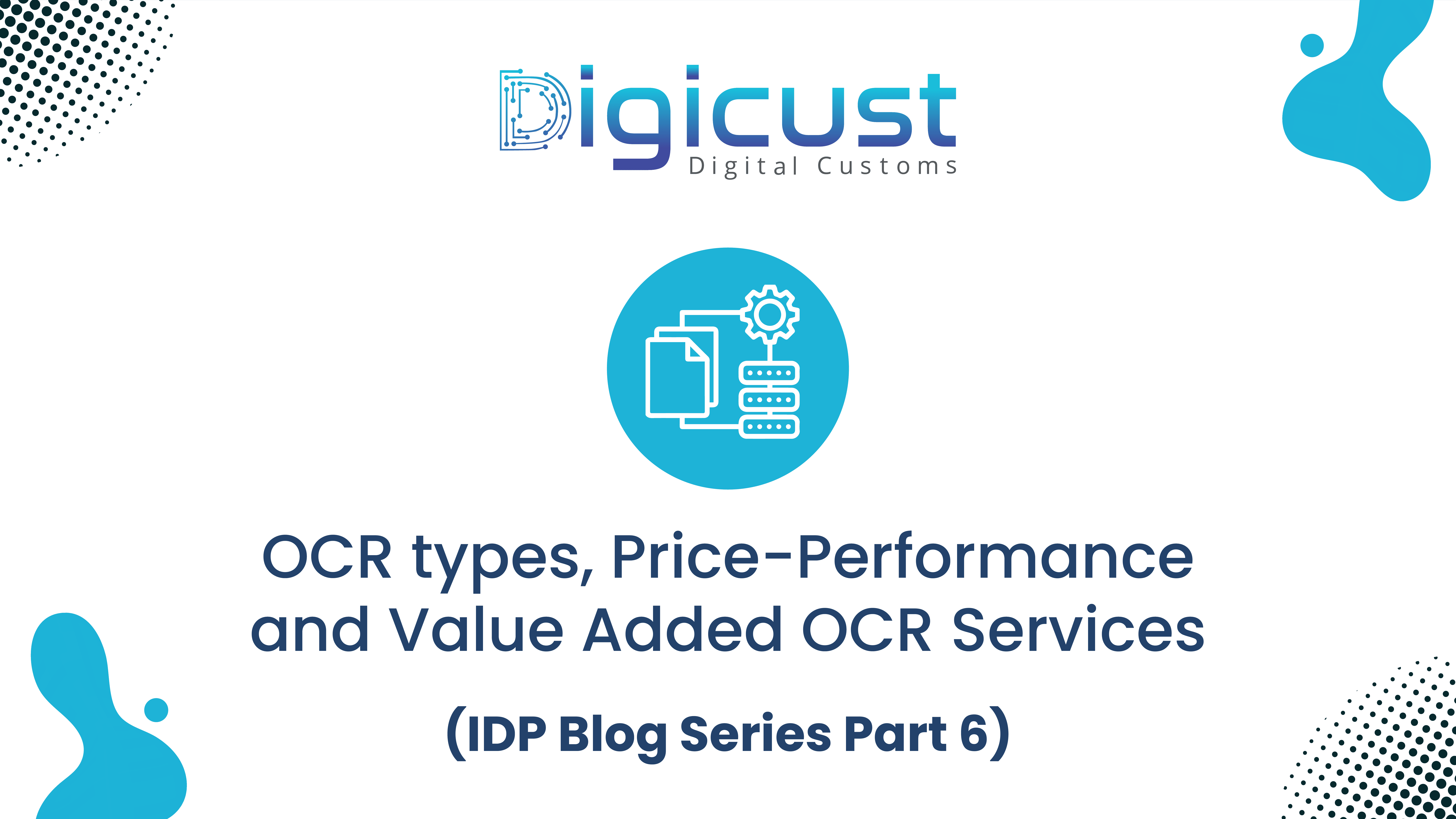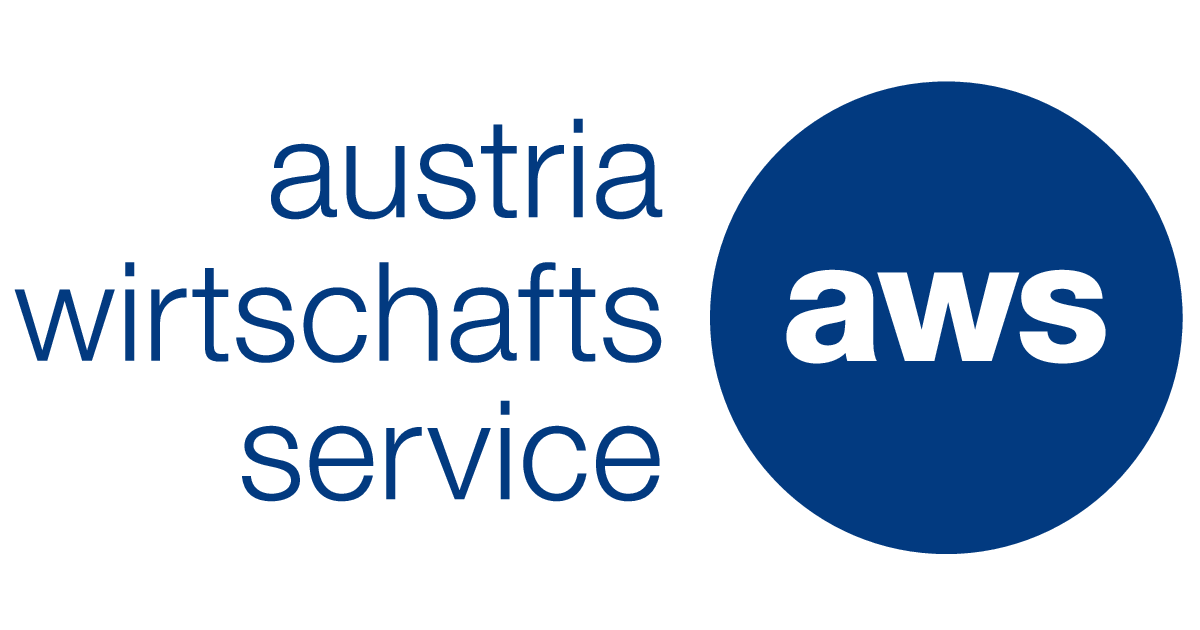- 5/19/2022
- Matthias Pfeiler
🥳 We just closed our seed round with an investment of € 1.6 M 🥳 Read more
OCR Types, Price-/Peformance and Value Added OCR Services - IDP Blog Series (Part 6)

News from our Blog
Learn about customs clearance, foreign trade, our product updates and our latest achievements.
Ready To Talk?
Our team is here to answer your question about Digicust
Contact UsOr, get started now with a free trial















